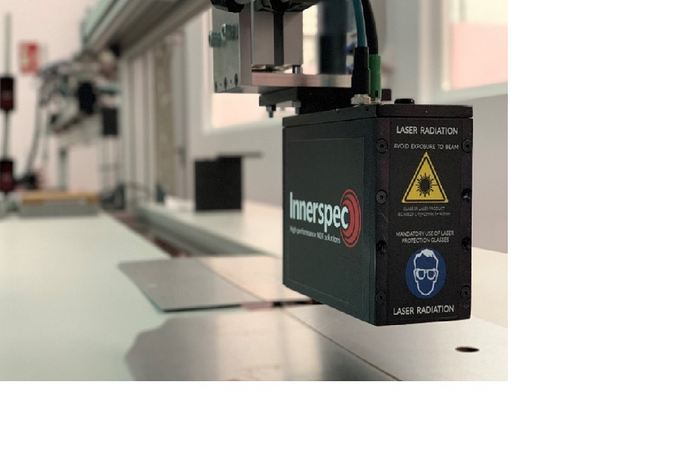A pan-European network for earth monitoring
The European contribution to the international research on climate modelling has been very important over the years, yet efforts may be often inconsistent and software used may be incompatible. To answer this need, the PRISM project worked on model development with compatible component models and diagnostic or visualisation tools. In this way, European research takes the lead in the international scene for climate modelling. Under the auspices of PRISM project, a common coupling software infrastructure under standardised coding conventions was developed. The software includes the coupler OASIS3 and associated libraries for various functions. These may be grid and time transformation of data exchange, model input/output in CF metadata format and time control of the experiments. Moreover, compilation and execution of coupled models are realised under Standardised and portable Compilation and Running Environments (SCE and SRE). The well-known Max Planck Institute for Meteorology (MPI-Met) has developed a wide range of climate models both on a regional and a global level, constituting important representations of the Earth System. These models involve descriptions of the atmosphere, the ocean and the cryosphere as well as models describing biophysical and biogeochemical processes. These MPI-Met ECHAM5 (atmosphere), MPI-OM (ocean and ice), HAMOCC (bio-geo-chemistry) and MOZART (chemistry) models were adapted to the PRISM SCE environment. Furthermore, the ECHAM5 and the MPI-OM model were coupled via the PRISM coupler and suitable calls to the PSMILe library were implemented in the models' source codes. Plenty of coupled configurations of the MPI-Met component models were adapted to the SRE environment, such as MPI-OB (MPI-OM and HAMOCC) and MPI-AOB (ECHAM5 , MPI-OM and HAMOCC). Most interestingly, the coupled model configuration MPI-AO, or simply ECHO prototype, was also used for training in a demonstration of the PRISM environments and the coupler OASIS3. This adaptation of MPI-Met models to the PRISM system allows the exchange of component models of different institutes, for an effective communication between institutes. This could lead to further model improvement through model inter-comparison. For further information click at: http://prism.enes.org(odnośnik otworzy się w nowym oknie)







